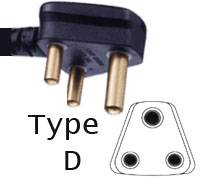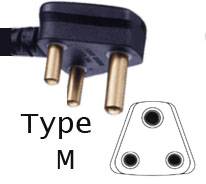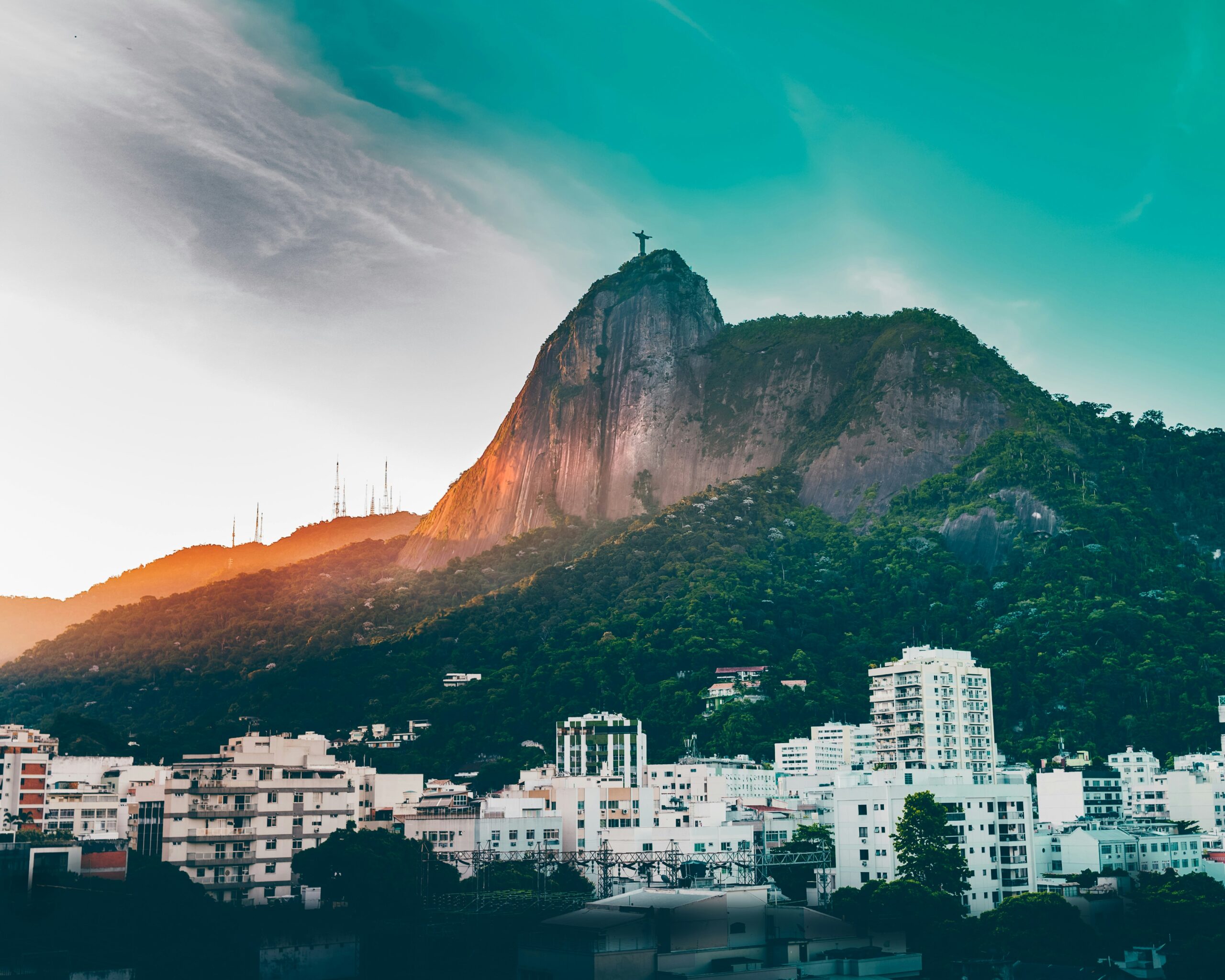Namibia, located in southwestern Africa, is a land of contrasts, where rugged desert landscapes meet vast savannahs and dramatic coastlines. With its breathtaking natural beauty, diverse wildlife, and rich cultural heritage, Namibia offers travelers a truly unique and unforgettable adventure. From the iconic red dunes of Sossusvlei to the wildlife-rich Etosha National Park and the otherworldly Skeleton Coast, Namibia is a paradise for nature enthusiasts and adventurers alike.
Ultimate Namibia Travel Guide
Destinations
Best time to go
The best time to visit Namibia depends on your interests and planned activities. The dry season, from May to October, is generally considered the best time for wildlife viewing and outdoor adventures, with cooler temperatures and clear skies. However, if you’re interested in experiencing the lush landscapes of the rainy season, from November to April, you can witness the desert come to life with blooming flowers and migrating birds.
Average Temperature By Month
January: 26°C (79°F)
February: 26°C (79°F)
March: 25°C (77°F)
April: 23°C (73°F)
May: 20°C (68°F)
June: 18°C (64°F)
July: 18°C (64°F)
August: 20°C (68°F)
September: 23°C (73°F)
October: 25°C (77°F)
November: 26°C (79°F)
December: 26°C (79°F)
What To Expect
Time Zone:
Namibia operates on Central Africa Time (CAT), which is 2 hours ahead of Coordinated Universal Time (UTC+2).
Currency:
The official currency of Namibia is the Namibian Dollar (NAD), which is pegged to the South African Rand (ZAR) at a 1:1 exchange rate. Both currencies are widely accepted throughout the country, but it's advisable to carry cash for transactions in more remote areas.
Language:
The official language of Namibia is English, which is widely spoken and understood, especially in urban areas and tourist destinations. However, Namibia is a multilingual country, and several indigenous languages, including Oshiwambo, Herero, and Nama/Damara, are also spoken by different ethnic groups.
Airport:
The main international airport serving Namibia is Hosea Kutako International Airport (WDH), located near the capital city of Windhoek. It offers connections to various domestic and international destinations.
How To Get Around
Car Rental: Renting a car is the most popular and convenient way to explore Namibia, allowing you to access remote areas and travel at your own pace. Several international and local car rental companies operate in major cities and airports, offering a range of vehicles suited to different terrain.
Domestic Flights: Domestic flights are available for traveling between major cities and popular tourist destinations. Air Namibia and other regional carriers operate regular flights within the country, providing a quicker alternative to long road journeys.
Public Transport: Minibusses and shared taxis are the primary modes of public transportation in Namibia, particularly in urban areas and between towns. They operate on fixed routes and schedules, providing an affordable option for getting around.
Average Temperature By Month:
January: 26°C (79°F)
February: 26°C (79°F)
March: 25°C (77°F)
April: 23°C (73°F)
May: 20°C (68°F)
June: 18°C (64°F)
July: 18°C (64°F)
August: 20°C (68°F)
September: 23°C (73°F)
October: 25°C (77°F)
November: 26°C (79°F)
December: 26°C (79°F)
Plugs:
The standard voltage in Namibia is 220-240 volts AC, 50Hz. The most commonly used plug types are Type D (Indian), Type M (South African), and Type N (Brazilian). It's advisable to bring a universal adapter if your devices have different plug types.
VPN:
Access to certain websites and online services may be limited in Namibia. Consider using a virtual private network (VPN) to securely access the internet and bypass any censorship restrictions.
Safety:
Namibia is generally a safe destination for tourists, with low crime rates compared to many other countries. However, it's essential to take precautions, especially when traveling in remote areas or national parks. Be mindful of wildlife encounters, follow safety guidelines provided by tour guides, and carry plenty of water and supplies when venturing into desert regions. Additionally, respect local customs and traditions, and be considerate of the environment. By exercising caution and being prepared, you can enjoy a safe and rewarding journey through Namibia's stunning landscapes.
Credit Cards and Banks
Credit Cards:
Credit card acceptance in Namibia is widespread, especially in urban areas, major tourist destinations, hotels, restaurants, and larger shops. Visa and MasterCard are the most commonly accepted, followed by American Express and Diners Club. However, some smaller establishments may prefer cash, so it’s advisable to carry some local currency as well.
ATMs:
ATMs are readily available in cities and tourist areas throughout Namibia, allowing you to withdraw Namibian Dollars (NAD). Windhoek, Swakopmund, and Walvis Bay have a high concentration of ATMs, but they can also be found in smaller towns. It’s recommended to withdraw enough cash when you have access to ATMs, especially if you plan to travel to more remote locations.
Currency Exchange:
The currency of Namibia is the Namibian Dollar (NAD), which is pegged to the South African Rand (ZAR) at a 1:1 exchange rate. Both Namibian Dollars and South African Rands are widely accepted for transactions in Namibia. You can exchange major foreign currencies at banks, currency exchange bureaus, and some hotels. US dollars, euros, and British pounds are typically the most widely accepted foreign currencies for exchange.
Banks:
Major banks in Namibia include:
- Bank of Namibia: The central bank of Namibia, responsible for monetary policy and regulating the country’s financial institutions.
- First National Bank Namibia (FNB): One of the largest banks in Namibia, FNB offers a wide range of banking services including savings accounts, loans, and foreign exchange.
- Standard Bank Namibia: Operating as part of the international Standard Bank group, Standard Bank Namibia provides various banking products and services for individuals and businesses.
Traveler’s Checks:
Traveler’s checks are becoming less common, and their usage is limited in Namibia. It’s recommended to carry cash or use credit/debit cards for transactions.
Tips for Banking in Namibia:
- Notify your bank before traveling to Namibia to avoid any issues with card usage abroad.
- Keep your PIN and card information secure, and be cautious when using ATMs, especially in secluded areas.
- Carry small denominations of Namibian Dollars for smaller purchases, as change may be limited.
- Familiarize yourself with the current exchange rate to ensure fair transactions when exchanging currency.
By understanding the banking system in Namibia, you can ensure a smooth and hassle-free financial experience during your travels in the country.
Locations
Namibia
TRAVEL FACTS
US State Dept Travel Advisory
The US Department of State currently recommends US citizens exercise increased caution in Namibia due to crime. Consult its website via the link below for updates to travel advisories and statements on safety, security, local laws, and special circumstances in this country.
https://travel.state.gov/content/travel/en/traveladvisories/traveladvisories.html
Passport/Visa Requirements
For the latest passport and visa requirements for this country, please consult the U.S. State Department’s “Learn About Your Destination” search tool, available through the link below.
US Embassy/Consulate
(264) 061-295-8500 ; EMER: +(264)(85) 686-0853; US Embassy Windhoek, 14 Lossen Street, Windhoek, Namibia; ConsularWindhoek@state.gov; https://na.usembassy.gov/
LGBTQIA+ Travelers
Telephone Code
264
Local Emergency Phone
Ambulance: 2032276; Fire: 2032270; Police: 1011
Vaccinations
The CDC and WHO recommend the following vaccinations for Namibia: hepatitis A, hepatitis B, typhoid, yellow fever, rabies, meningitis, polio, measles, mumps and rubella (MMR), Tdap (tetanus, diphtheria and pertussis), chickenpox, shingles, pneumonia, COVID-19, and influenza.
Climate
Desert; hot, dry; rainfall sparse and erratic
Currency (Code)
Namibian dollars (NAD)
Electricity/Voltage/Plug Type(s)
220 V / 50 Hz / plug types(s): D, M


Major Languages
Oshiwambo languages, Nama/Damara, Kavango languages, Afrikaans, Herero languages, Zambezi languages, English, other European languages
Major Religions
Christian 80% to 90% (at least 50% Lutheran), indigenous beliefs 10% to 20%
Time Difference
UTC+1 (6 hours ahead of Washington, DC, during Standard Time); daylight saving time: +1hr, begins first Sunday in September; ends first Sunday in April
Potable Water
Yes, but some opt for bottled water
International Driving Permit
Suggested
Road Driving Side
Left
Tourist Destinations
Etosha National Park; Fish River Canyon; Sossusvlei; Cape Cross; Swakopmund; Caprivi Strip; Twyfelfontein; Namib-Naukluft National Park; Kalahari Desert; Chobe River
Major Sports
Soccer, rugby, cricket, golf
Cultural Practices
In professional settings, people are often referred to by their surnames; it is considered informal to use first names immediately.
Tipping Guidelines
At hotels, tip about 30 Namibian dollars per guest per day. Leave your tip in a communal tipping box. If you would like to tip porters, 10 Namibian dollars is recommended. For specialist guides, tip 50 Namibian dollars per guest per day.
Souvenirs
Stone and wood carvings, karosse woven rugs, woven palm baskets, Herero dolls, diamond/precious gem and beaded jewelry, swakara woolen clothing and swakopmunder leather shoes
Traditional Cuisine
Meat and pap — pap (a traditional porridge made from ground maize or pearl millet) served with meat, cabbage, or fish
Please visit the following links to find further information about your desired destination.
World Health Organization (WHO) – To learn what vaccines and health precautions to take while visiting your destination.
US State Dept Travel Information – Overall information about foreign travel for US citizens.
To obtain an international driving permit (IDP). Only two organizations in the US issue IDPs:
American Automobile Association (AAA) and American Automobile Touring Alliance (AATA)
How to get help in an emergency?
Contact the nearest US embassy or consulate, or call one of these numbers:
from the US or Canada – 1-888-407-4747 or from Overseas – +1 202-501-4444
Central Intelligence Agency.
The World Factbook.
/the-world-factbook
(May 8, 2024)



